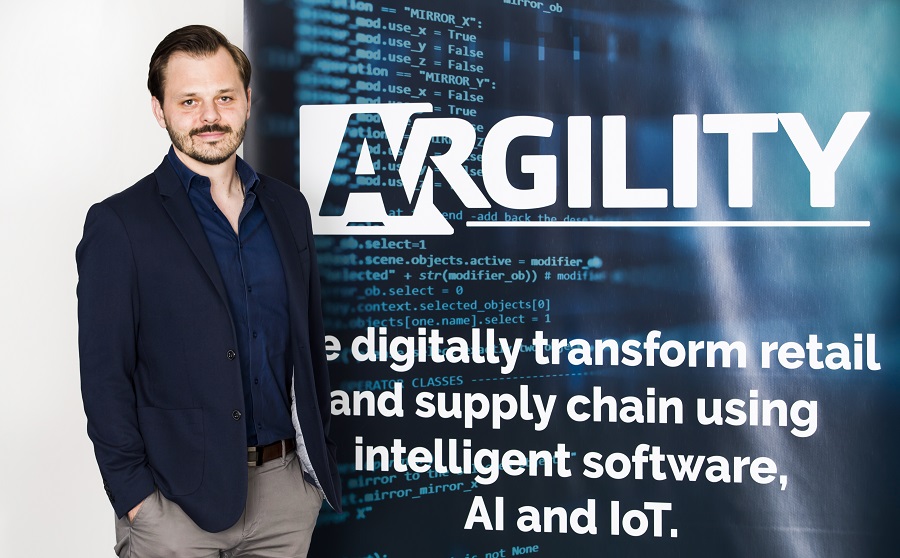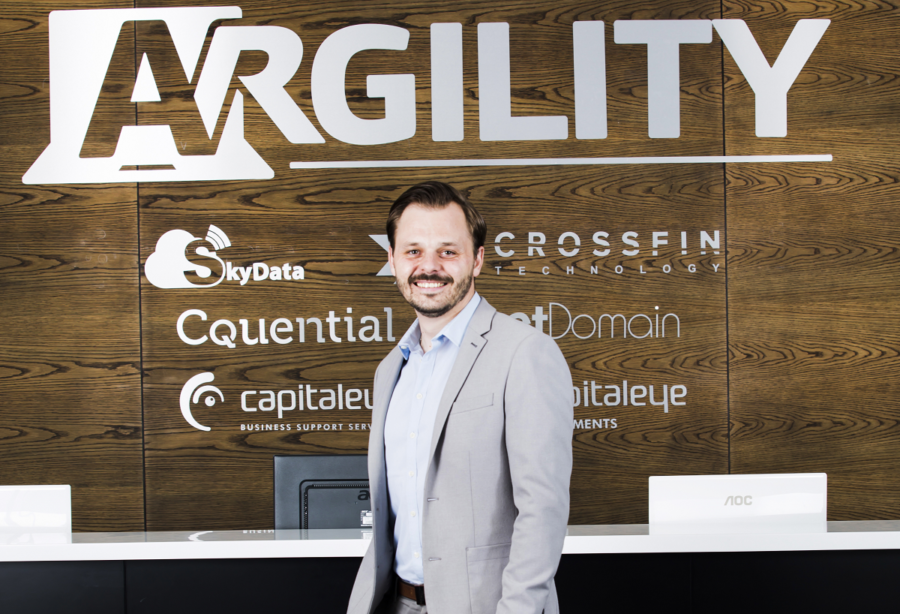
Predictive analytics lights the way
Retailers and brands can realise the immense power of data-driven decision-making by using predictive analytics to glean faster insights.
By Tanya Long, CEO – Argility Technology Group
Previous articles published on ITWeb have explored some of the challenges and solutions for retailers’ consideration to limit the impact of load-shedding on operations. The Industry Insights examined how technology, augmented by partnering with trusted suppliers, can be used to help navigate this, but there is more that can be done.
There has been a radical change in production, supply chain and consumer behaviour which cannot be ignored. And here is where we lean on the technology innovations of this century: artificial intelligence (AI), machine learning, predictive analytics and cloud
solutions.
It is true that predictive analytics is not a crystal ball; however, the immense power it can give retailers and brands cannot be ignored.
To use a casino analogy as an example: Let’s say you play roulette. In years gone by, one would watch the tables, evaluate the trends of each croupier, and then decide at which table you would take your chance with your R100. Imagine if someone had whispered to you – ‘Table 1: 65% probability on red, 35% probability on black’. What decision would you have made? And if an insight like this was given every 15 minutes, would you have been inclined to include this in your next decision for action?
Predictive analytics is not a crystal ball; however, the immense power it can give retailers and brands cannot be ignored.
This is the advantage that predictive analytics can provide. In a nutshell, it is the power of data-driven decision-making.
With machine learning, fluctuating behaviour can continuously be used to understand supply and demand patterns with a speed that is incomprehensible when compared to five or 10 years ago. The traditional software approach was to create the system rules based on the known rules; however, with the increased landscape complexity, an intelligent approach is to use machine learning to identify the patterns and provide much deeper insight.
It’s often said the beauty of AI is that it never sleeps – it works 24/7 – just what is needed to help us in our current economy.
Retailers and brands now have the ability to glean faster insights from multiple inputs relating to stock availability, pricing, placement and customer demand.
Predictive analytics uses the principle of small, compounded gains. For example:
- What positive impact would be experienced by having a 2% increase in stock-on-shelf availability?
- What impact would be gained by having a 2% increase in cash flow due to lowering of aged stock surpluses?
- What would a 1% increase in gross profit mean, if stock prices were able to be speedily and strategically managed by considering pricing appetite and competitor pricing across a basket of products?
Now, I realise all of this takes data, and prevalent discussions in the media has raised the question: how much data do I need? When do I start using analytics? The general consensus is if one hasn’t started yet, you are already backfooted.
The advent of cloud has given the ability to store and process petabytes of data, cost-effectively and without excessive hardware investment. It has also given us the ability to scale easily with increasing/changing needs and to leverage off always-on infrastructure provided by global players.
What problems can predictive analytics solve?
Let’s start with the concept of demand forecasting. In the old days, stock and sales forecasting were generally formulated based on moving averages. Today’s retailers would be ill-advised to continue in the same vein. Predictive analytics can add immense value in this area.
Another area that predictive analytics can play a huge role for retailers is focusing on customer patterns. Not only for personalisation by getting the right product in front of the right customer, at the right time and right price, but also to evaluate the change in shopping behaviours.
Using machine learning for clustering and segmentation, identifying purchase habits and preferred products would streamline a personalised recommendations strategy.
In a credit retail environment, the additional insights on areas such as propensity to buy and customer lifetime value has the potential of elevating prospecting efforts. Anticipating customer needs would definitely not only assist retailers on building customer loyalty, but also decrease the cost of spray-and-pray marketing efforts.
Labour management is another area where data and analytics can play an important role in improving operational efficiencies. One cost pressure which may be within a retailer’s control is looking at optimal workforce levels.
Gathering data on speed and accuracy of staff performance can allow retailers and brands to streamline their operations to efficiently meet fluctuating business demands.
These are by no means where the use-cases end. I suggest commencing in an area where there is a compelling business challenge and in which one can measure and refine the results in order to take appropriate action.
Business and project sponsor support is vital for success, although I believe many stakeholders would rather be proactive and stack the odds in their favour.
Source: IT Web






